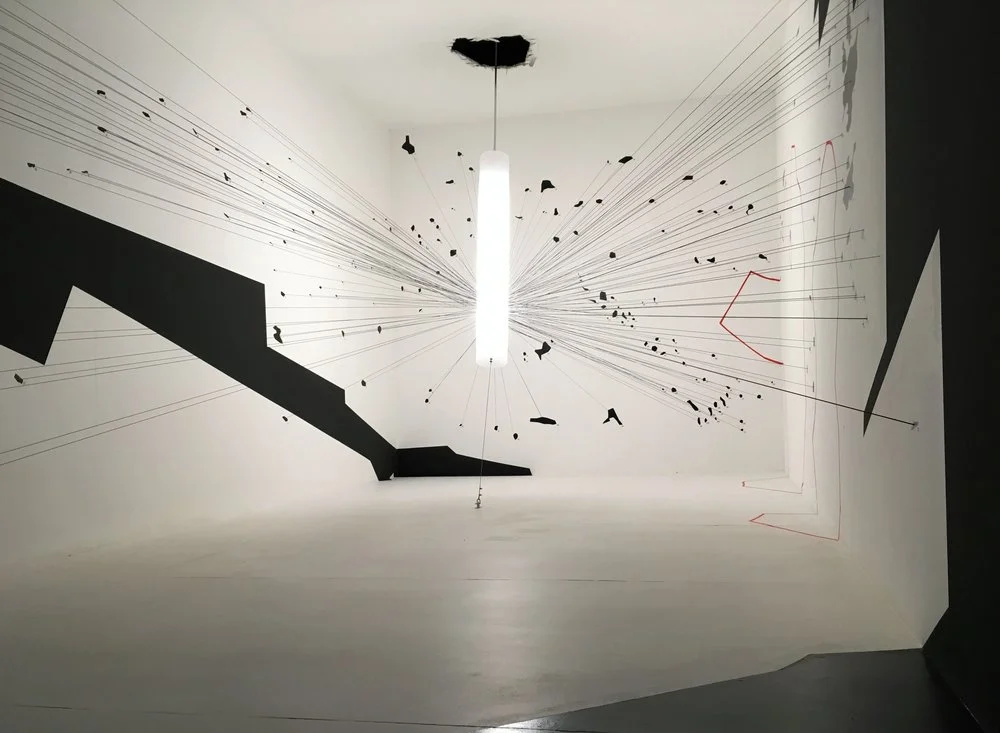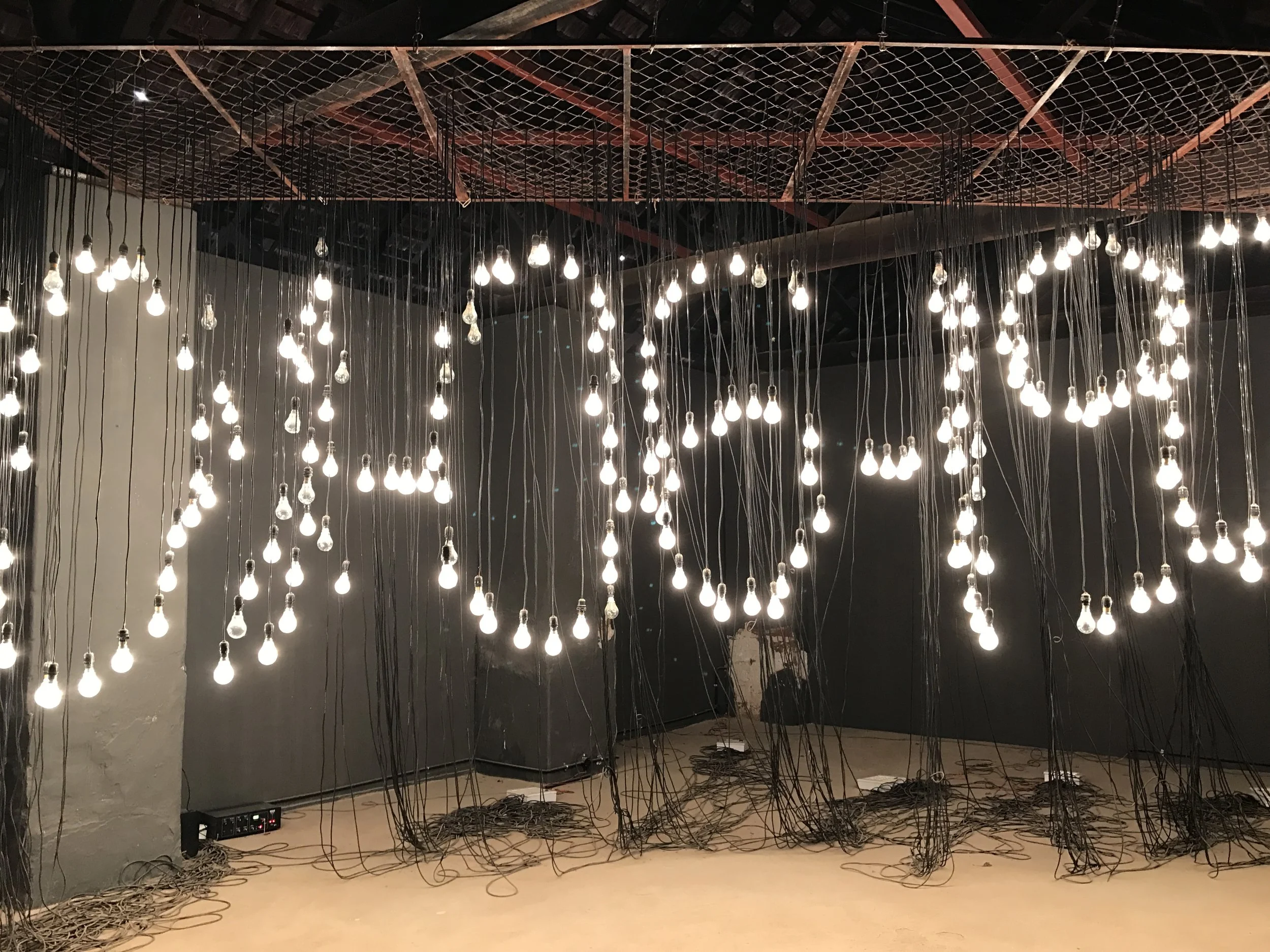South Asia at the Venice Biennale
Javairia Shahid explores the 2016 Venice biennale, and comes away feeling better about current trends in global expositions.
Through its thematic scope and constantly evolving format the biennale has provided various modes of inquiry to the foray intent on conquering the representation of a global history of architecture. Against this backdrop, the last iteration of the exhibition, the 2016 Venice Architecture Biennale, directed by Alejendro Alavena, took on the challenge of this representation through inviting participants to respond to the theme of ‘Reporting from the Front’. Directing its attention past the cultural and artistic dimensions of architecture, which have been the focus of the biennale for far too long, the curator valorized the social, political and environmental contributions of the discipline. The participants of the biennale focused on issues ranging from segregation, inequalities, peripheries, access to sanitation, natural disasters, housing shortage, migration, informality, crime, traffic, waste, to pollution and participation of communities. Of particular note was the inclusive nature of the biennial. While historically, the biennale is dominated by well-established voices, usually from Europe and the Americas, South Asia was particularly well represented at the exhibition, with contributions about Bangladesh, India, Sri Lanka and Pakistan.
Scroll through for visuals of the 2016 Venice Biennale and related images, videos, and articles.
From Pakistan: Eyal Weizman, Forensic Architecture
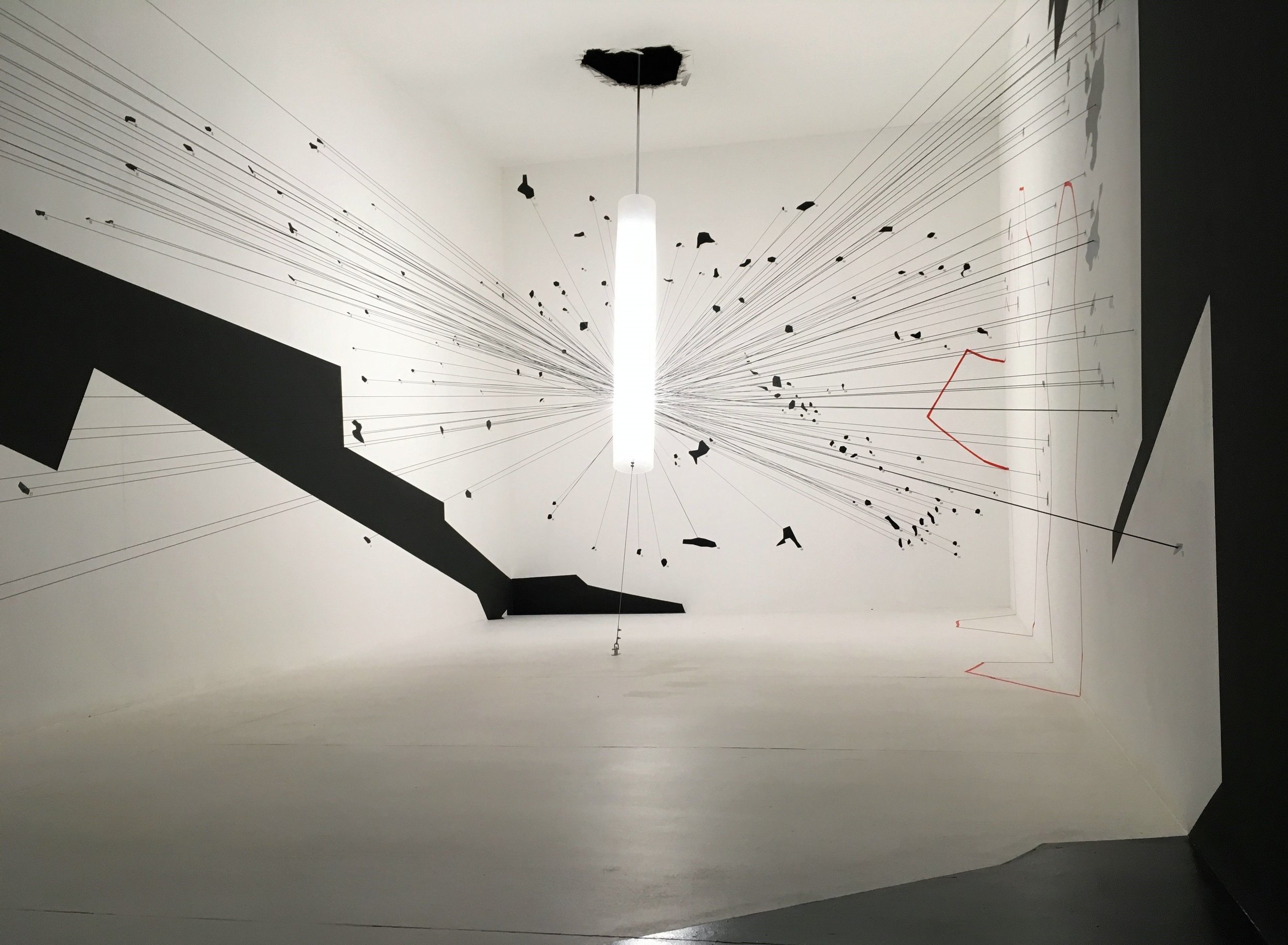

Analyzing smuggled video footage from Afghanistan, Eyal Weizman recreates the moment a drone missile destroys a two-story building in Miranshah in 2012. An attack that was denied by the army and attributed instead to weapons owned by the rebels killed in this attack. Weizman re-constructs the design of the destruction, reading the pattern of the shrapnel on the wall, to conclusively ascribe responsibility for the destruction to a drone attack. Perhaps what is most striking is what the shrapnel on the wall, or lack thereof, reveals: the presence of human bodies.
Weizman's critique of political unrest has been captured by filmmaker Ana Naomi de Sousa in an Al Jazeera documentary titled The Architecture of Violence (2014).
From Bangladesh: The work of Anna Heringer
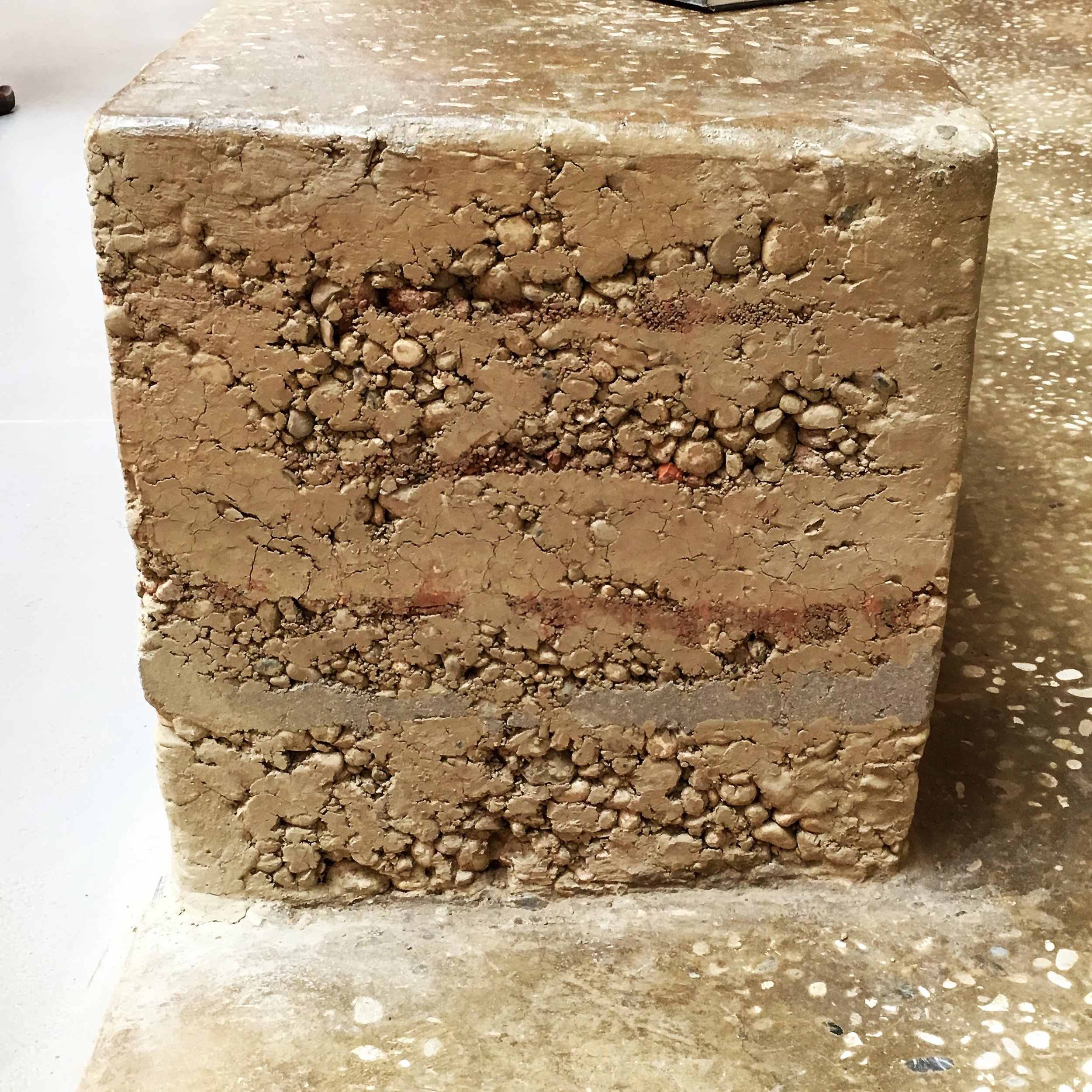
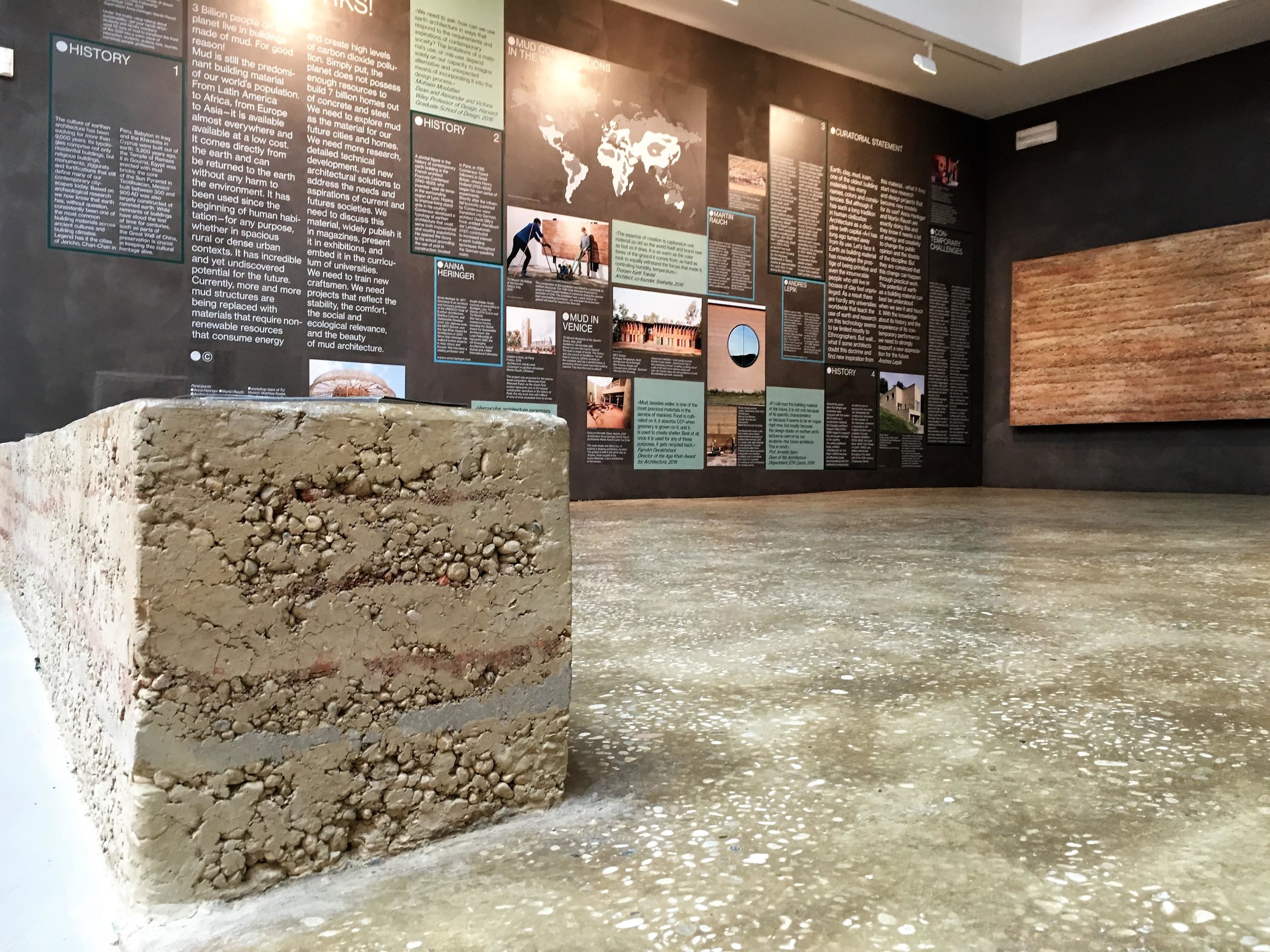
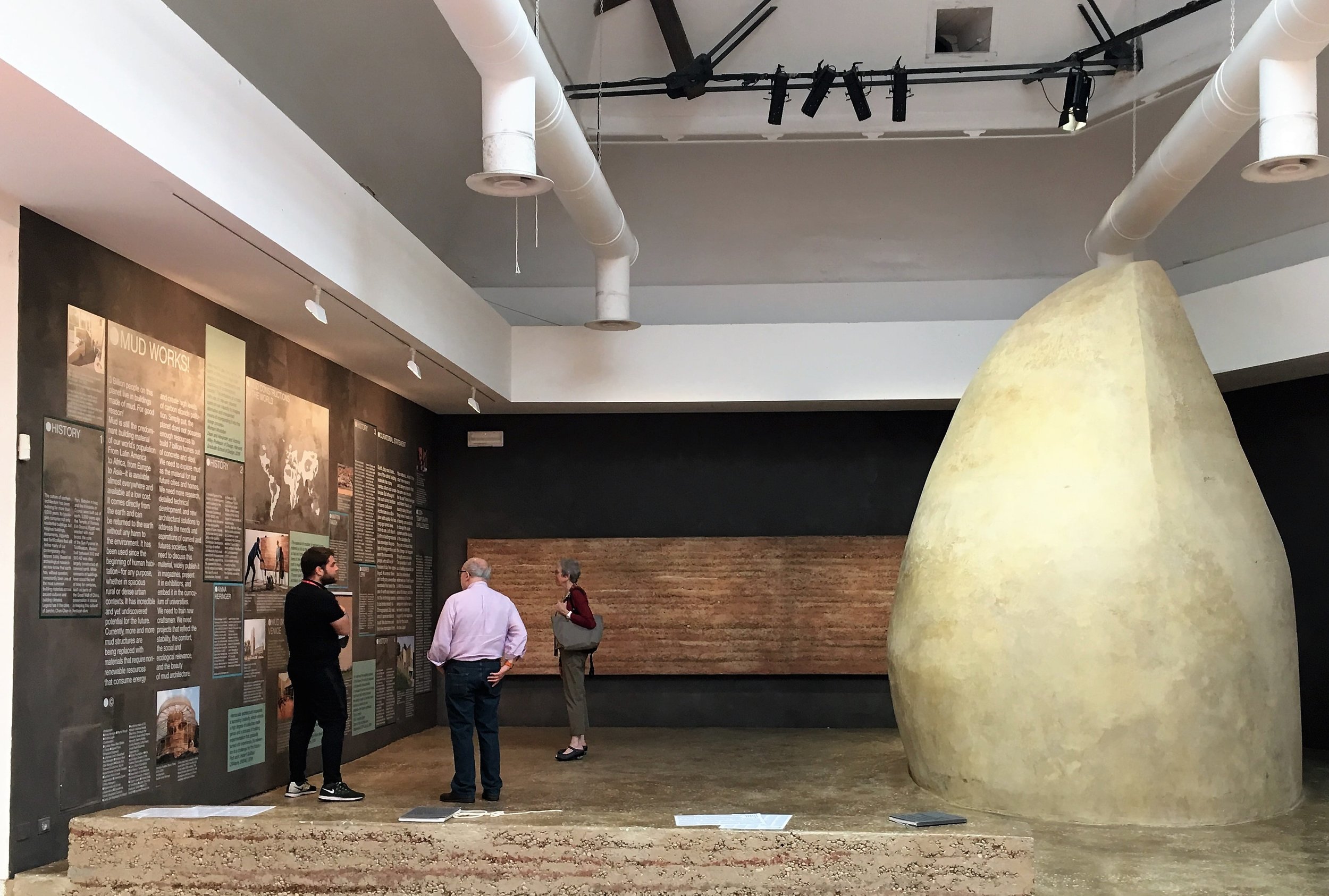
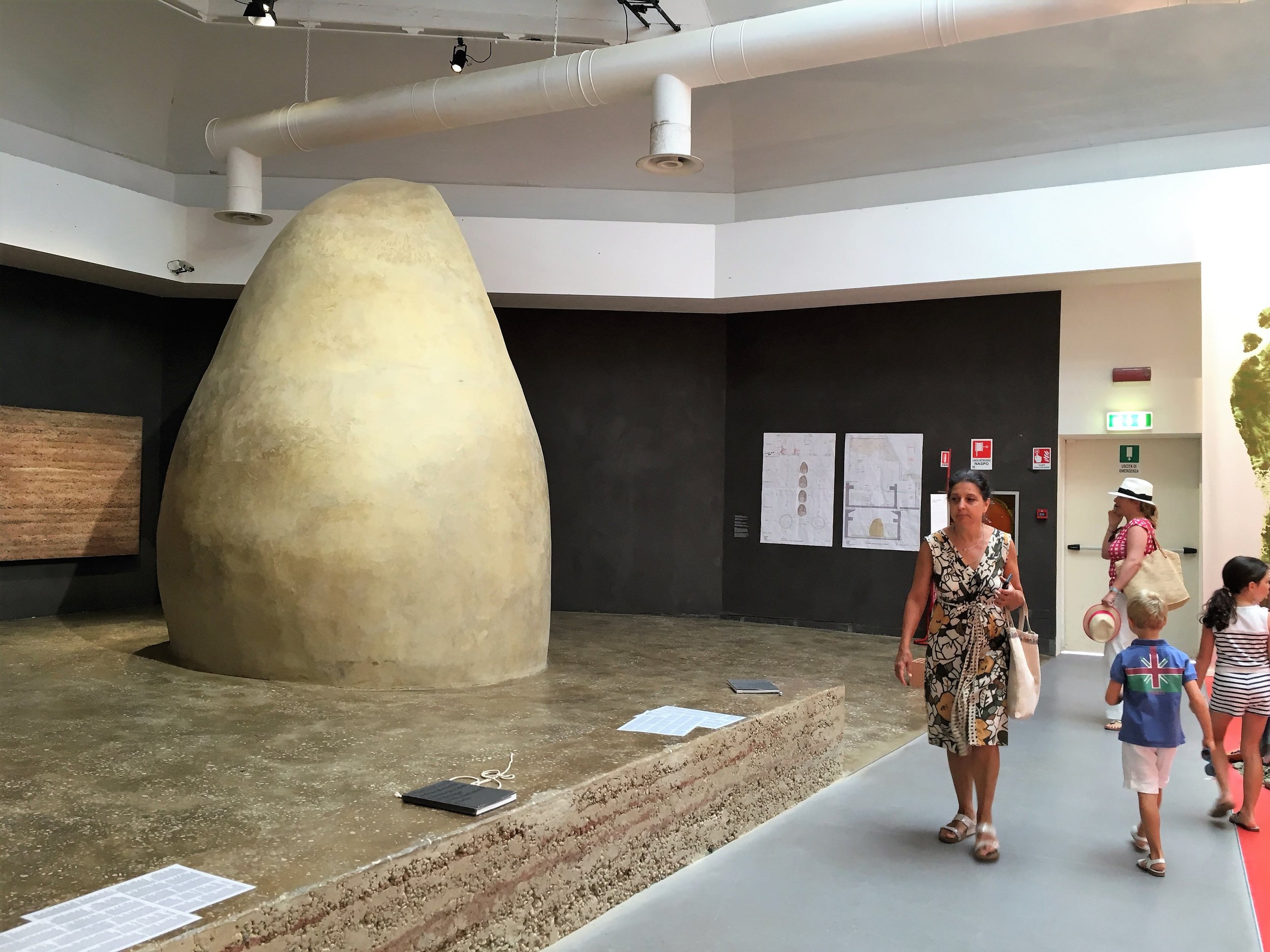
Mud, Mud, everywhere,
And not a block to build.
Fighting for change in legislation to allow mud brick construction, Anna Heringer’s practice highlights a new way forward for architecture. While her work has gained recognition in South Asia, this is the first time it has been featured in the biennale setting.
For more on Anna Heringer's architecture, listen to her Aga Khan Public Lecture at Harvard On Sustaining Beauty: Local Solutions for Global Challenges (2013).
From Bangladesh: The Work of Kashef Chowdhury
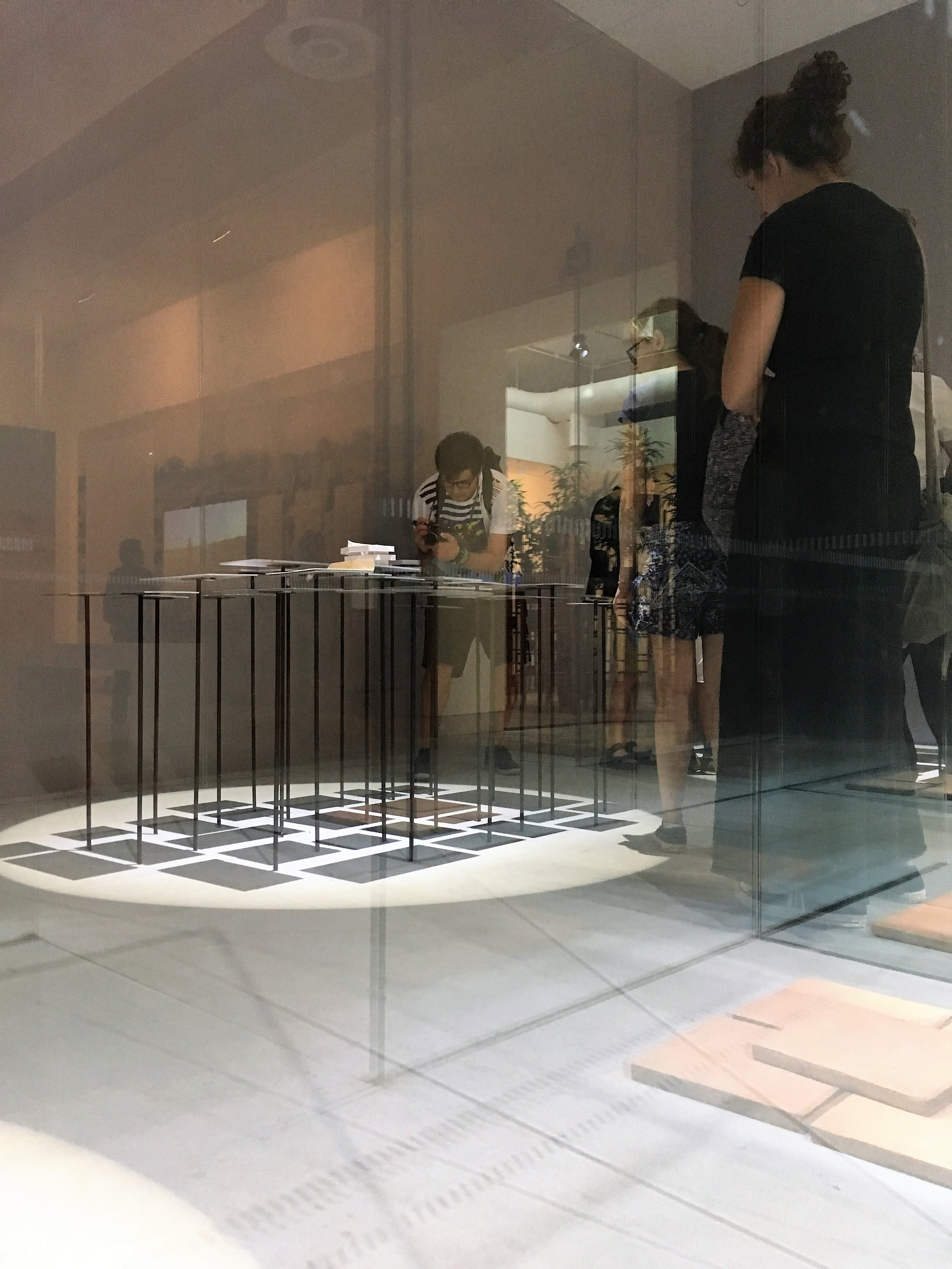
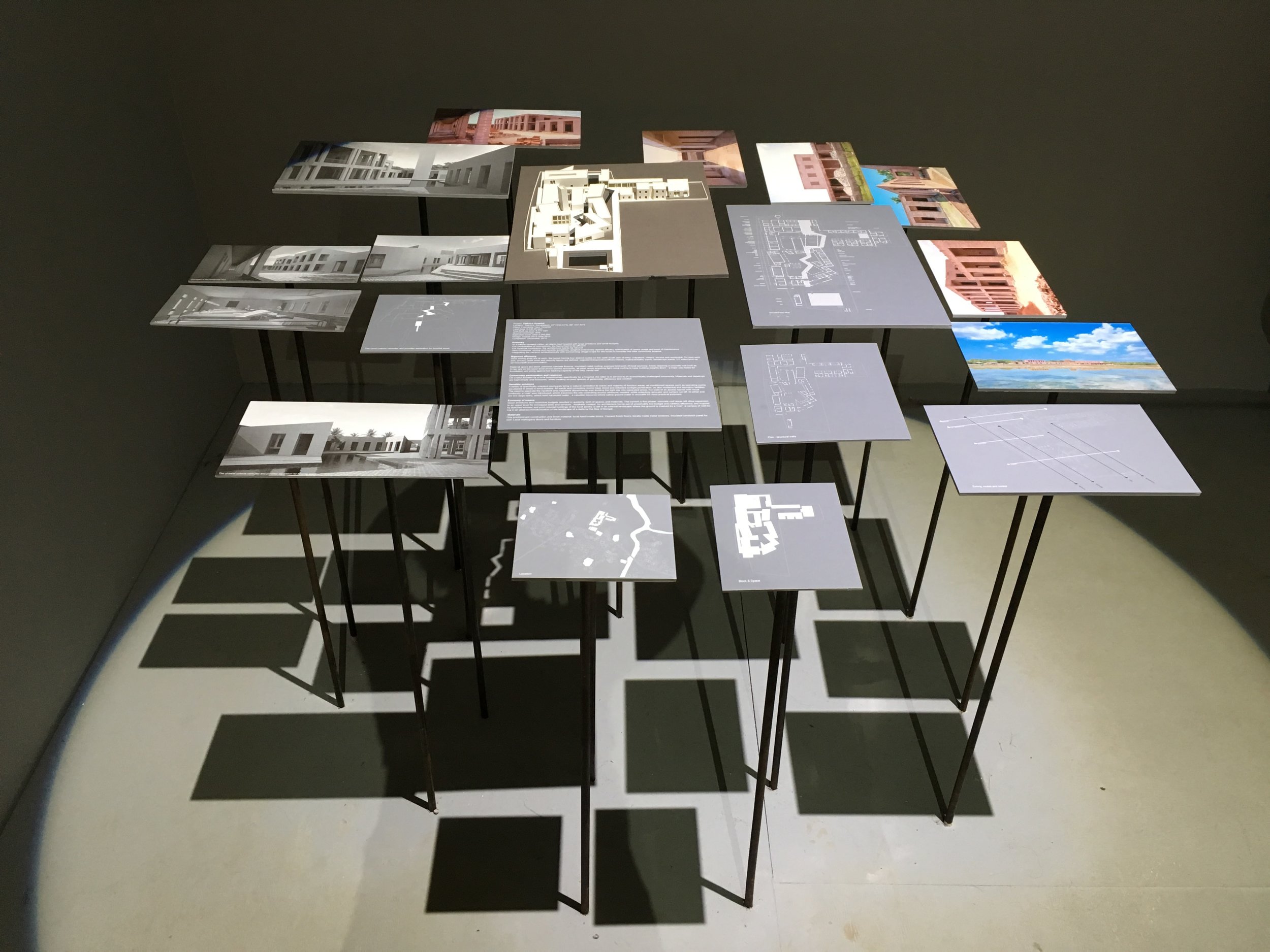
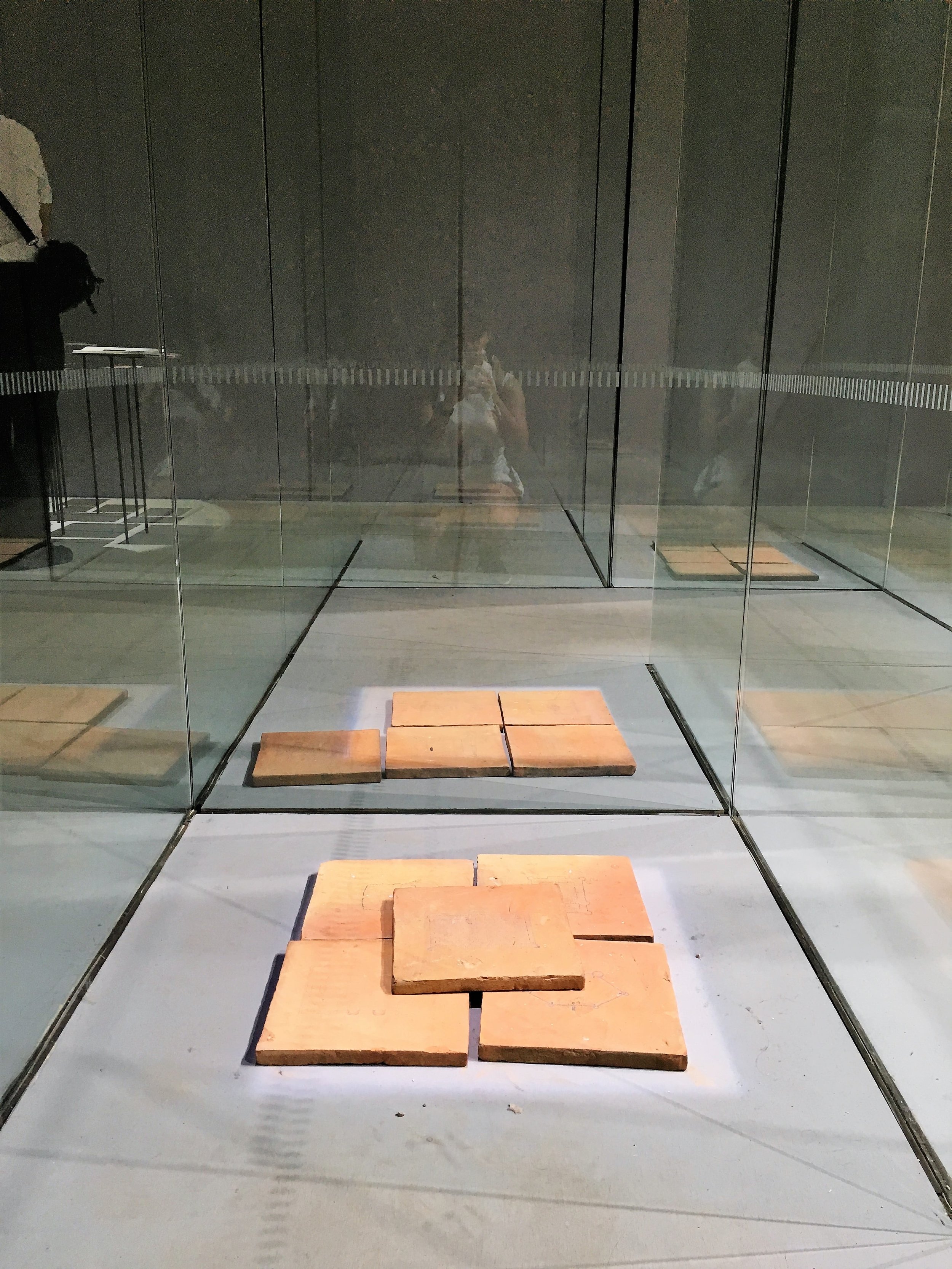
The architecture of voids, in the practice of the architect, demonstrates common sense building rules designers today have forgotten: the incorporation of rain, nature and wonder.
For more on Chowdhury's ethos, watch his interview titled 'Architecture of the Essential'.
From Sri Lanka: Milinda Pathiraja, Buildings, Not Guns
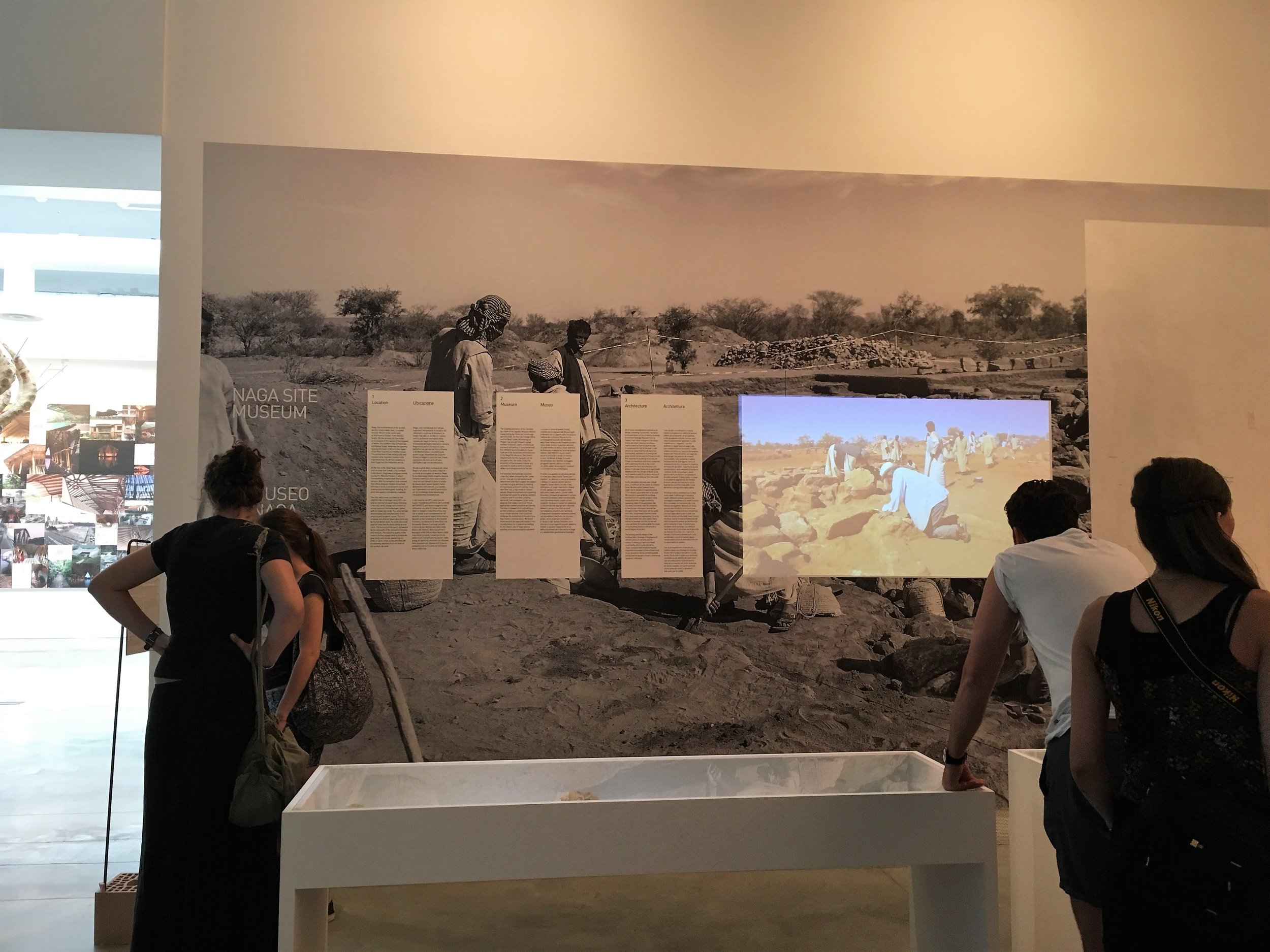

The work of architect Milinda Pathiraja explains architecture’s powerful response to war in Sri Lanka. Constructed using rammed earth blocks and other recycled material, the buildings highlighted in the exhibit were made with the support of the army. Soldiers and war veterans were taught building techniques and skills to facilitate the rebuilding process.
Pathiraja's Robust Architecture Workshop produces socially-conscious projects such as the Community Library in Sri Lanka.
From India: Rahul Mehrotra and Felipe Vera, Kumbh Mela
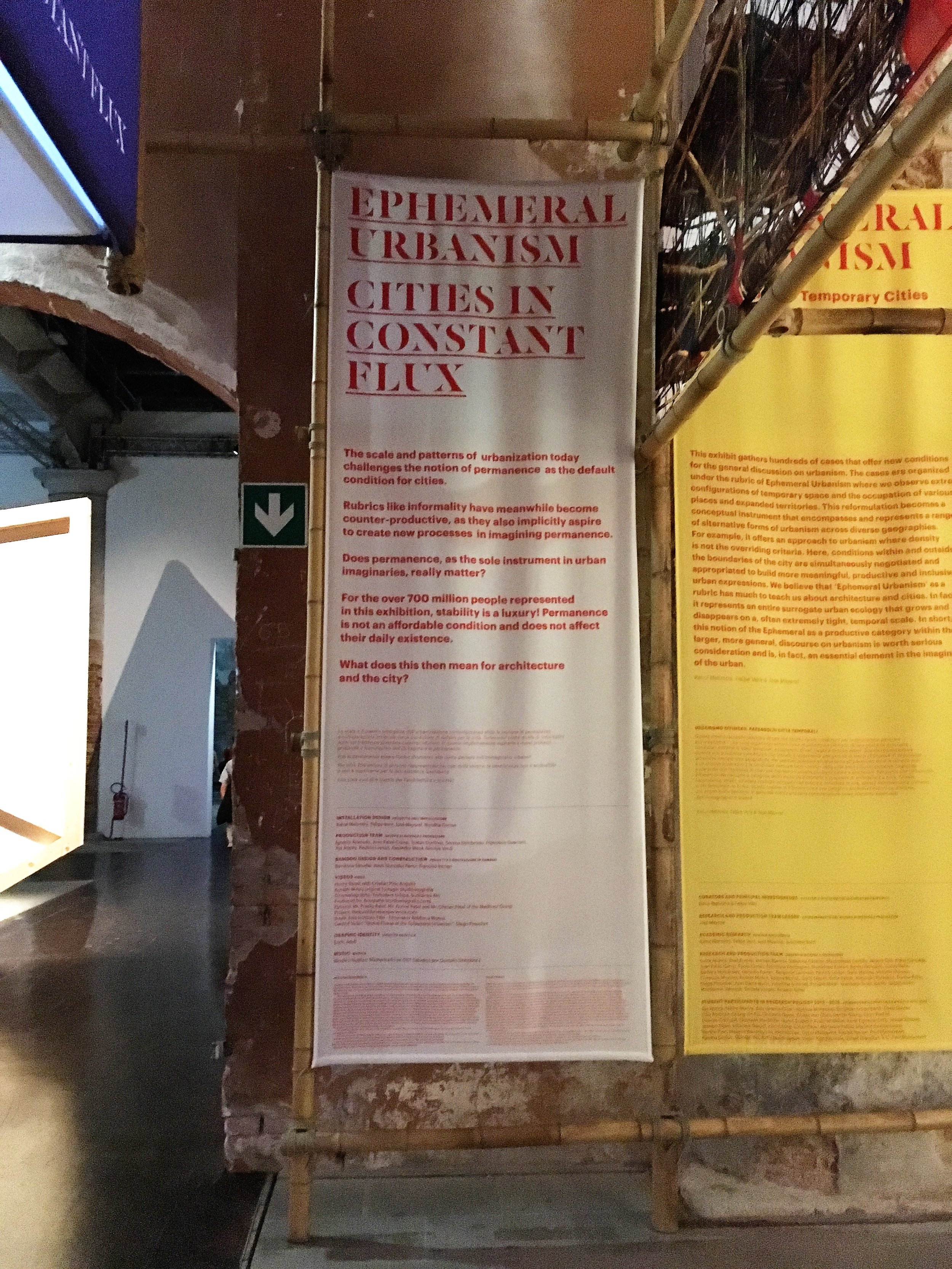

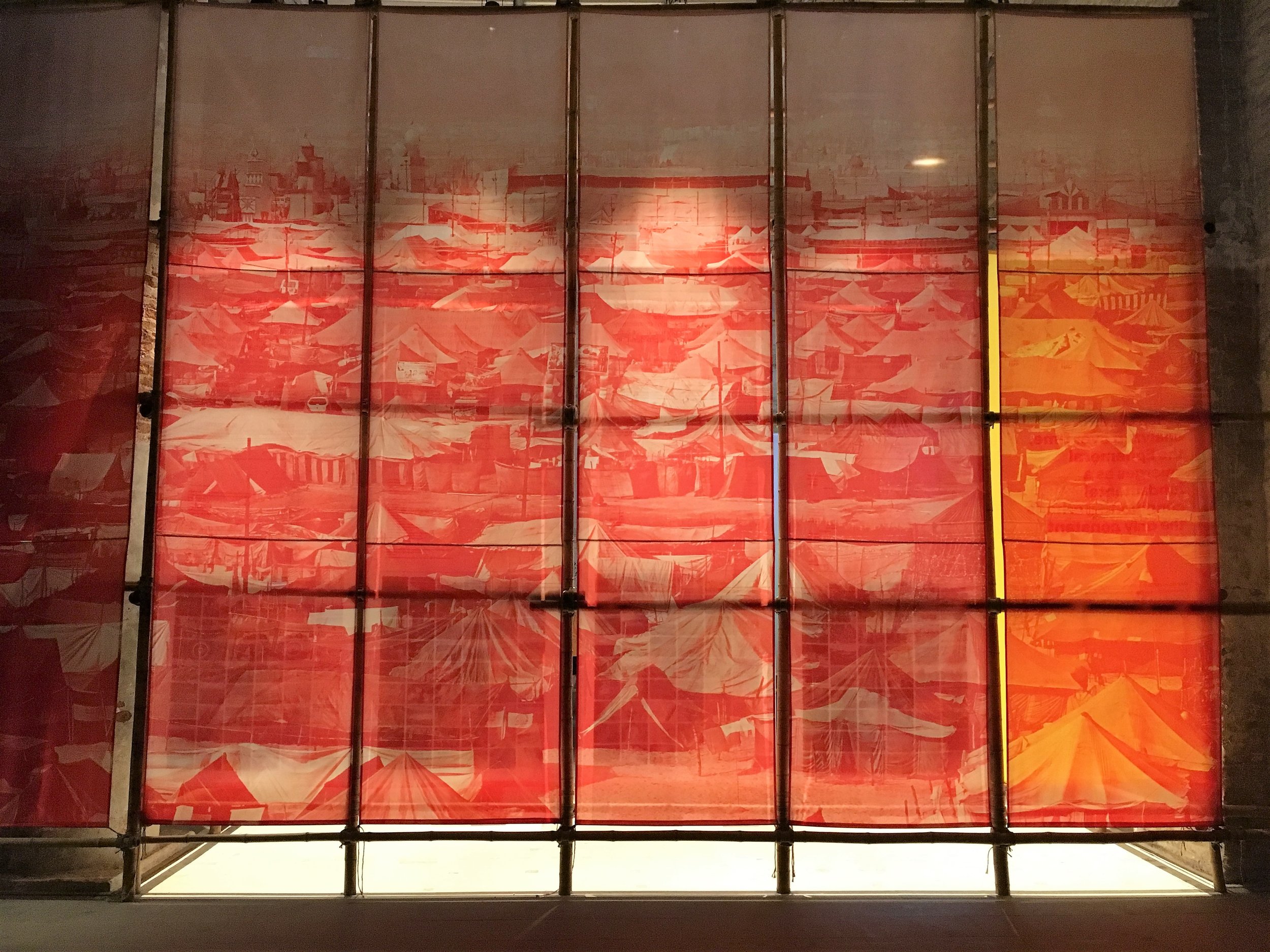
Kumbh Mela: The Ephemeral Settlement, takes the blueprint of the Kumbh Mela, a religious festival in India that accommodates 19 million visitors over the course of two months, to hypothesize a new way of thinking about the design of settlements to better respond to urban challenges faced by planners around the world today.
More project details are available on an article written by the duo in Arch Daily.
From India: The Work of Anupama Kundoo
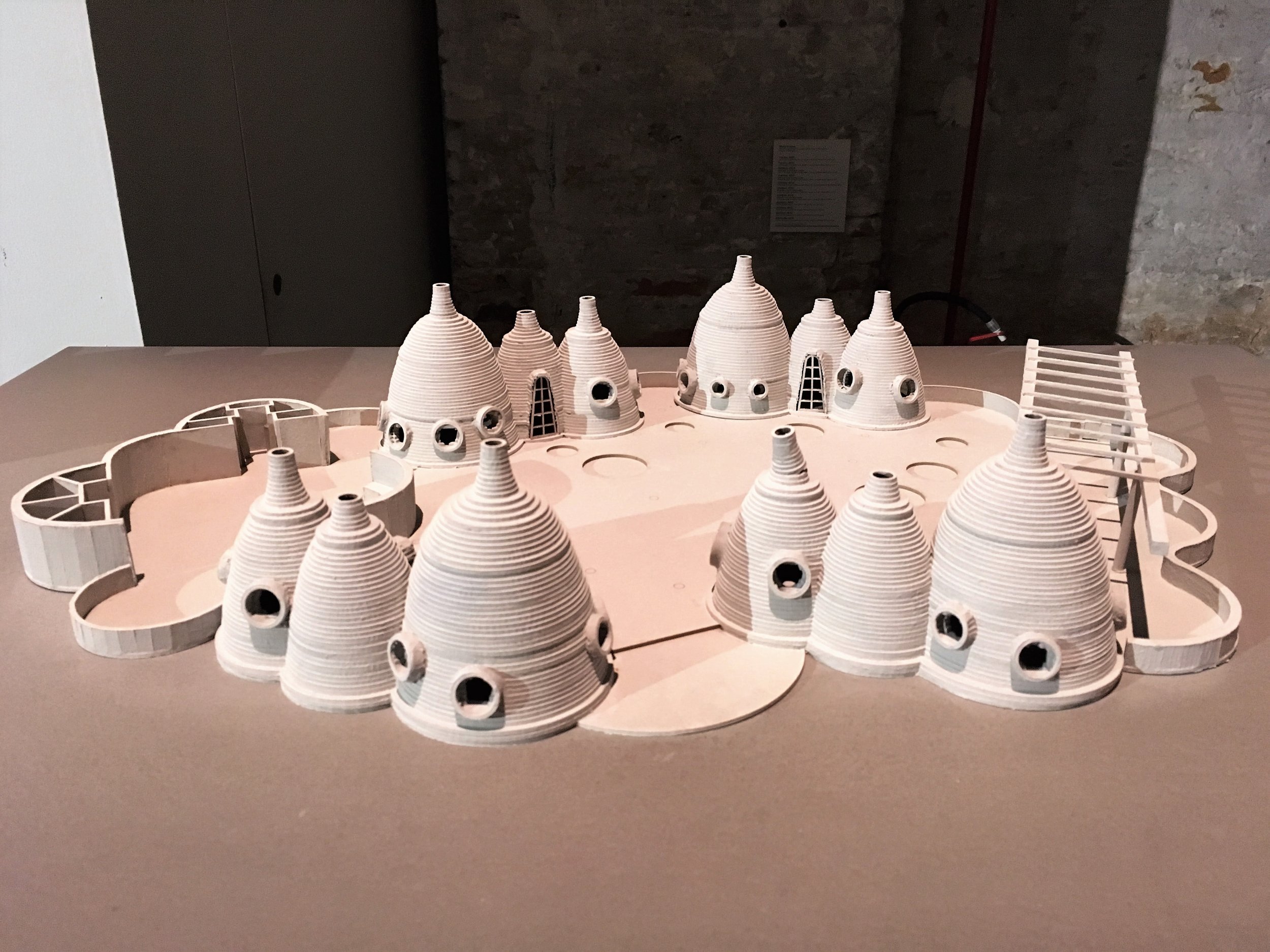
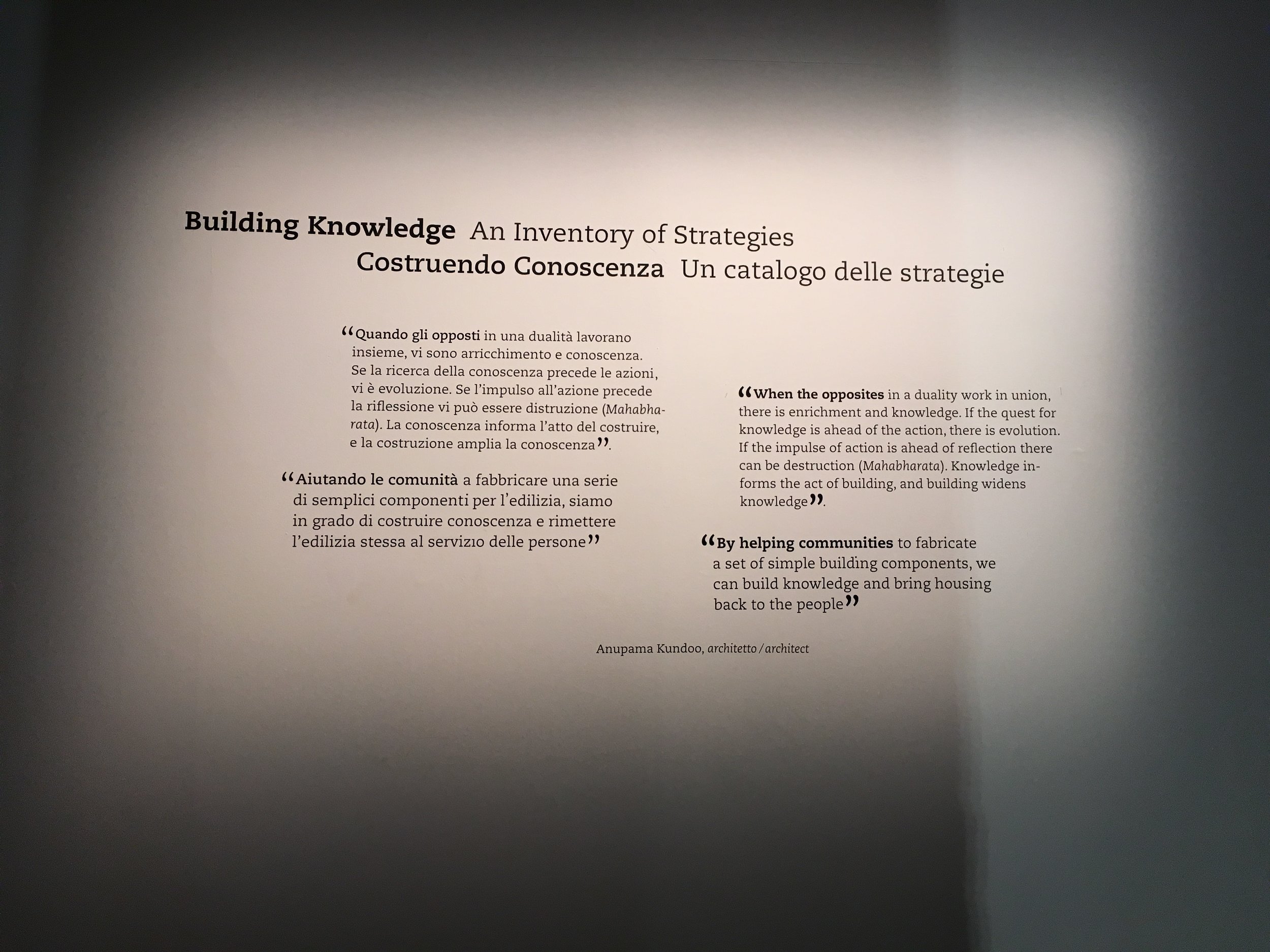
Two design elements always feature prominently in the architect's work: local materials and local culture. Using both to produce not design objects, but "lexicons" of design, the architect’s practice is invested in developing both as a renewable resource.
You can see more of Anupama Kundoo's work at her official website - the Wall House in Auroville remains one of her masterpieces.
From India: Martin Sczelina, Let's Talk About Garbage

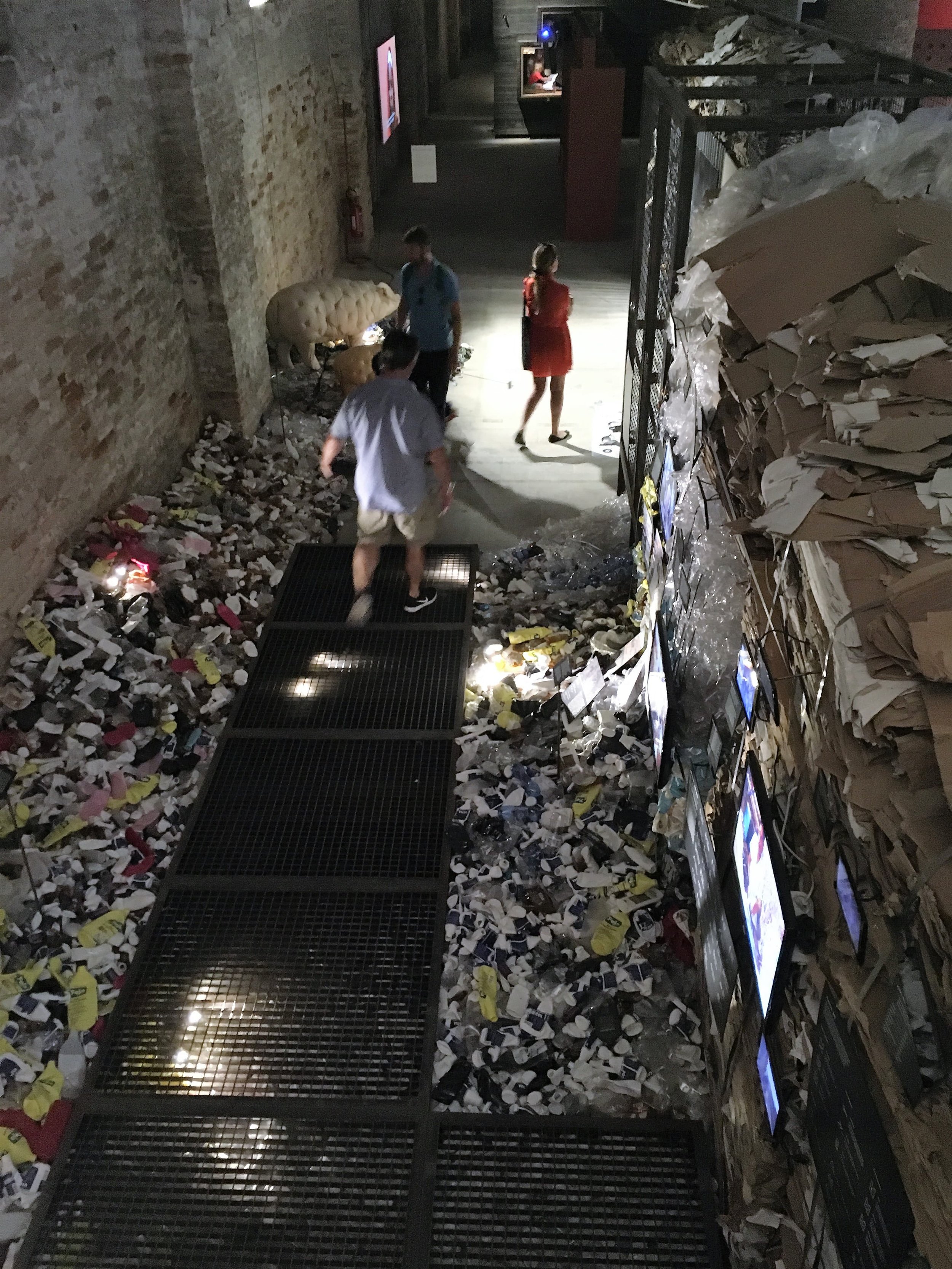
Marcin Sczelina’s thesis project takes on housing, to propose a typology that not only transforms garbage into various building materials, but is in turn transformed through it.
For more infomation on this project you can visit their website Let's Talk about Garbage.
From India: Nek Chand, Rock Garden at Chandigarh
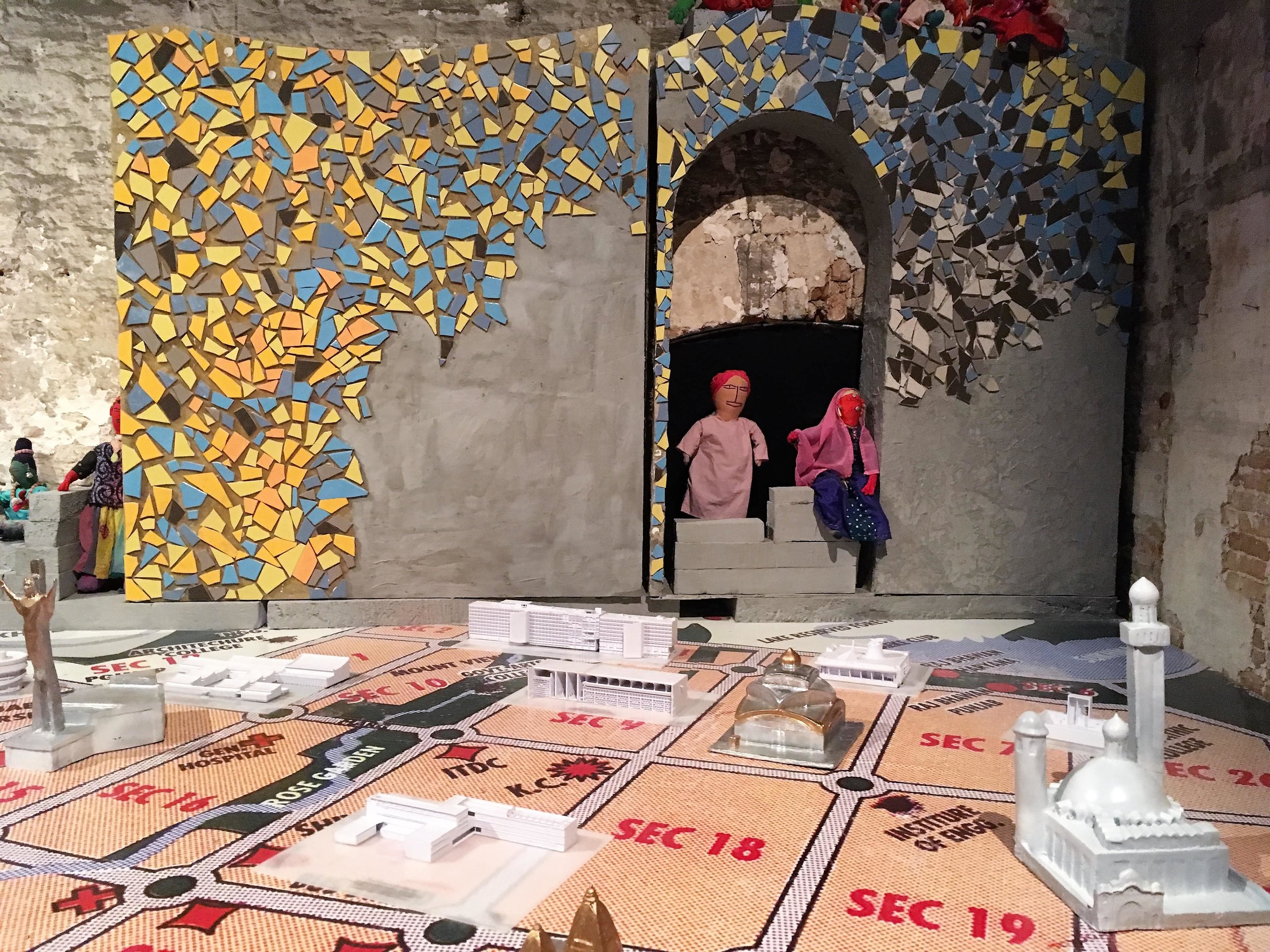
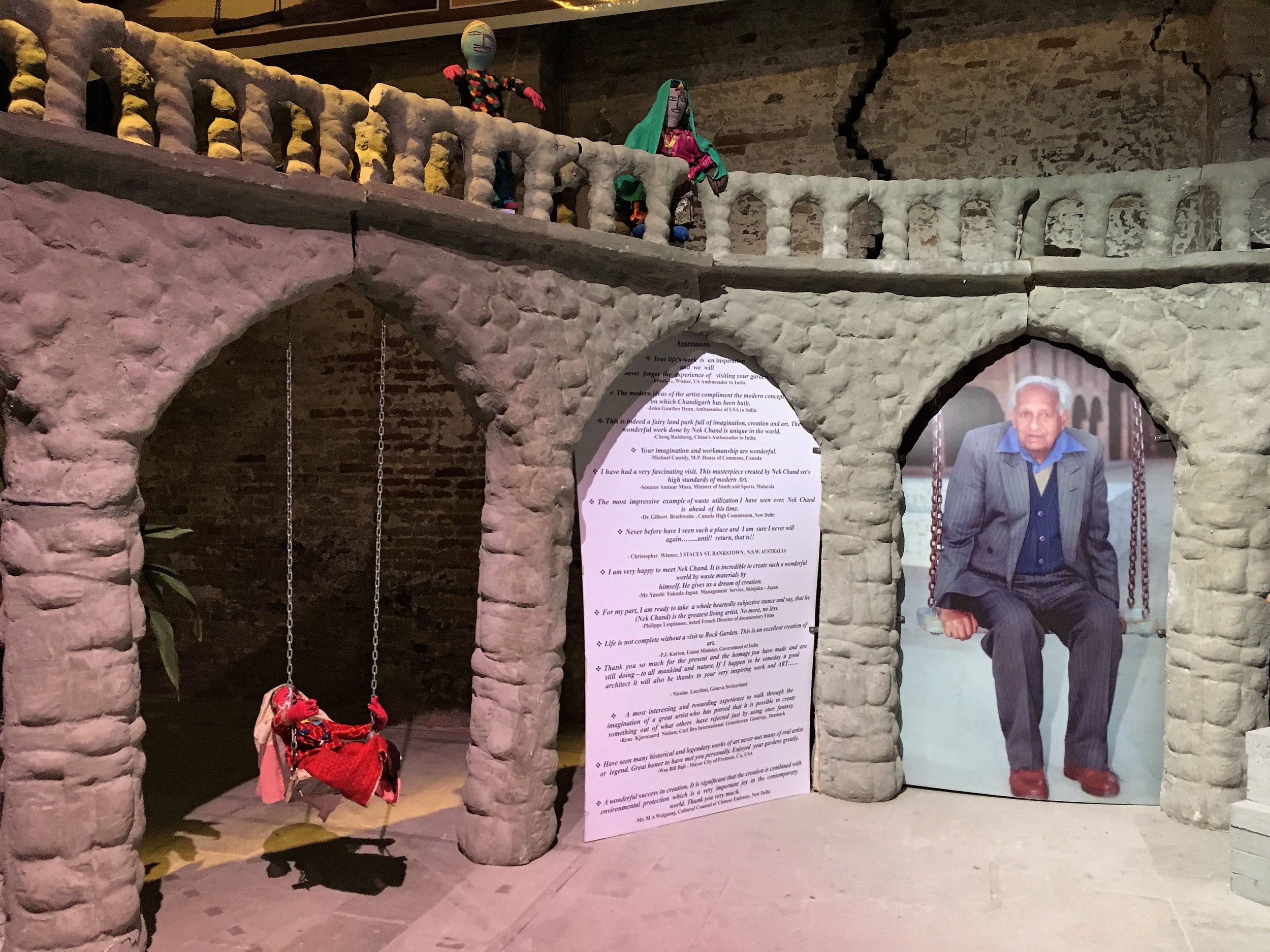
Using material refuse discarded after the Corbusier’s masterpiece, the city of Chandigarh, Nek Chand worked obsessively over the span of almost four decades to transform 32 acres of land into a space shared by his sculptures and forms, and the local community alike. While Western critics may see the work as kitschy, for Chand and the many generations of locals who continue to enjoy the space, nothing could better embody joy.
From India: Matharoo Associates, The House with Balls
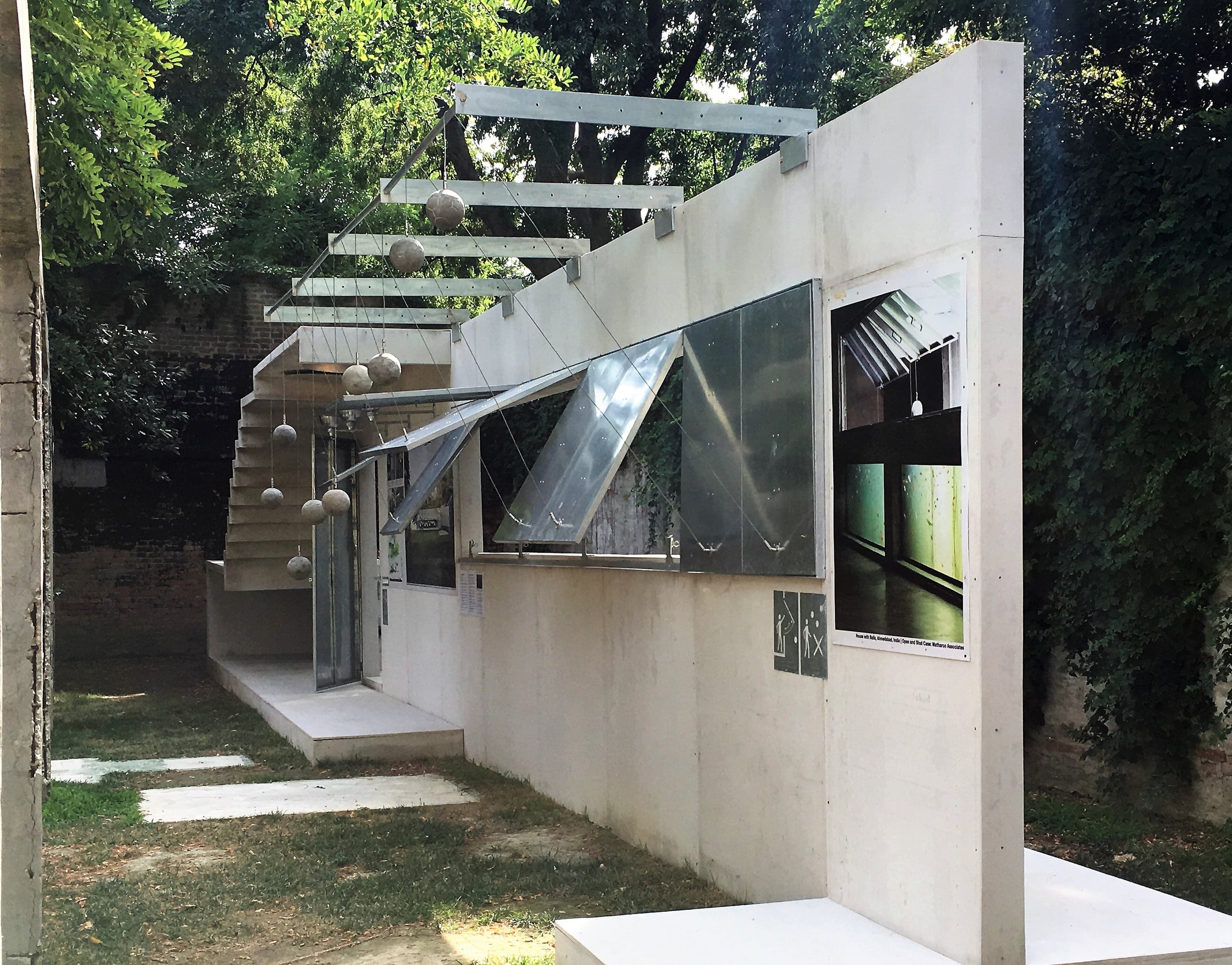
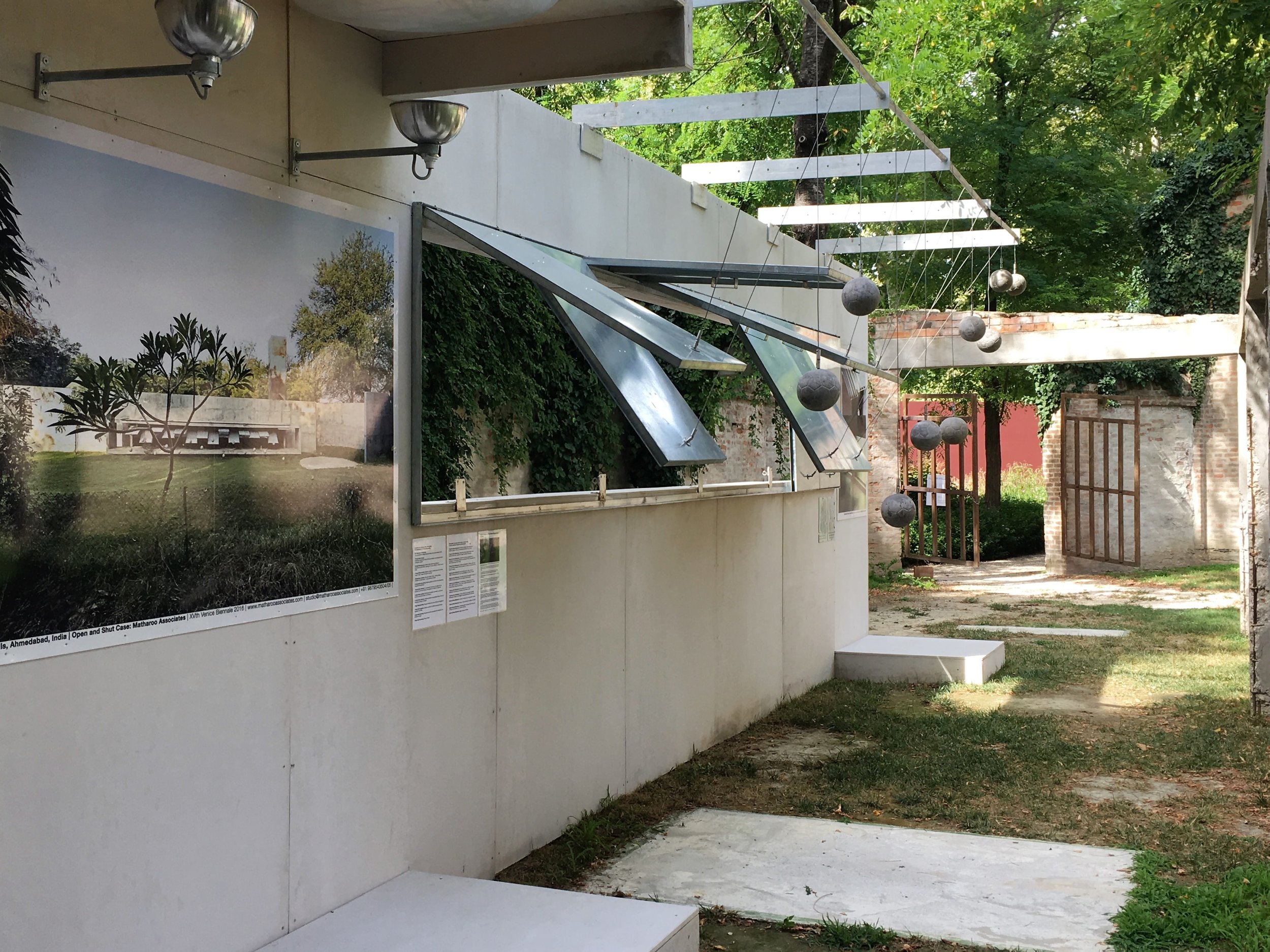
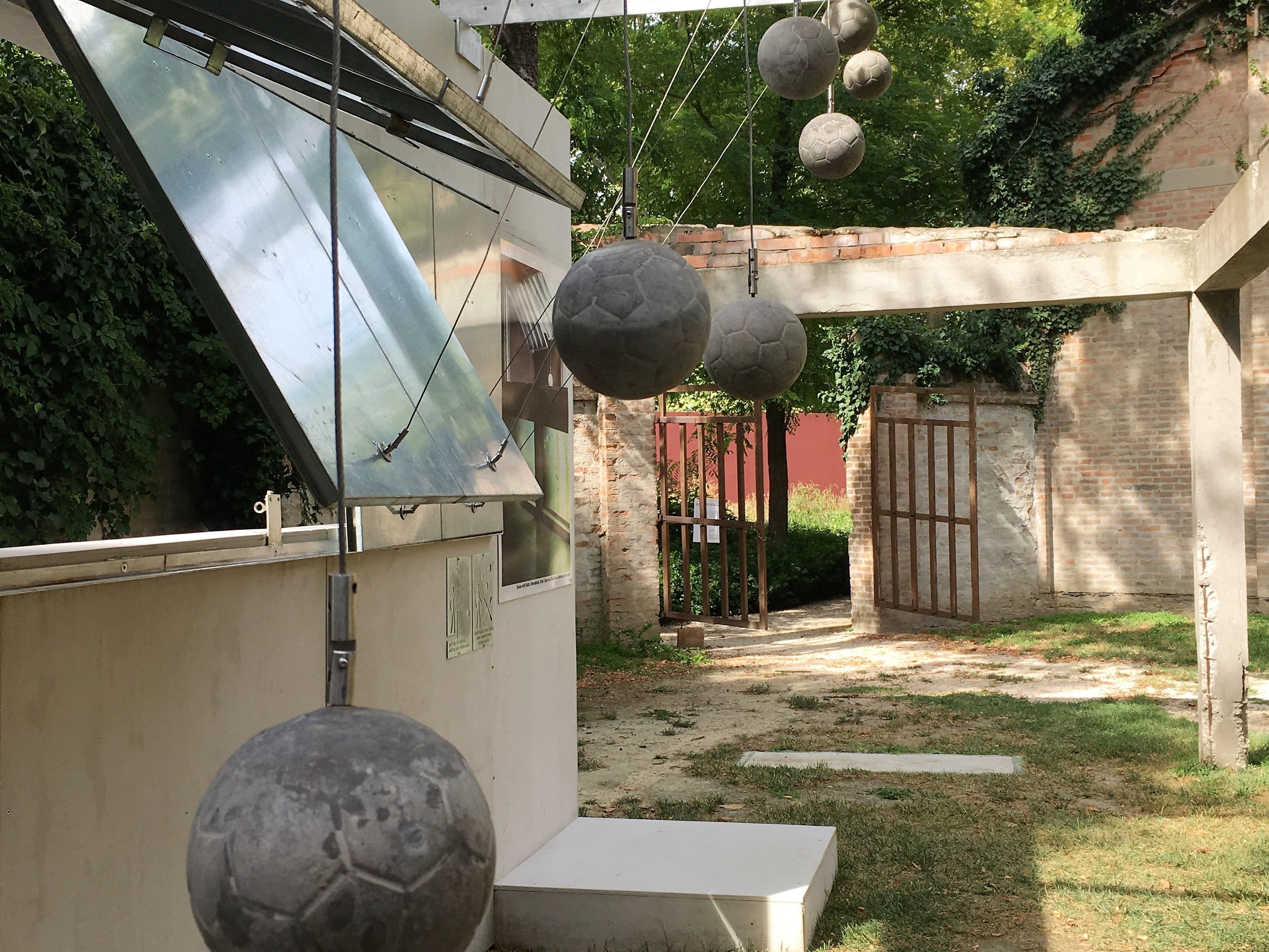
The ‘House with Balls’ will remain my favorite housing project for years to come, without doubt. Using thermal mass units that expand as they absorb heat, the architect manages to mechanize window shutter control, without reliance on electrically mechanized means. The form is rendered just as unforgettable as the title of the project.
A photo essay by Joe Mills in Dezeen has more details of the original design on location in Ahmedabad, India.
More information on the biennale can be found at their official website.
*Photo & Review credits for this essay: Javairia Shahid & Sundas Shahid

